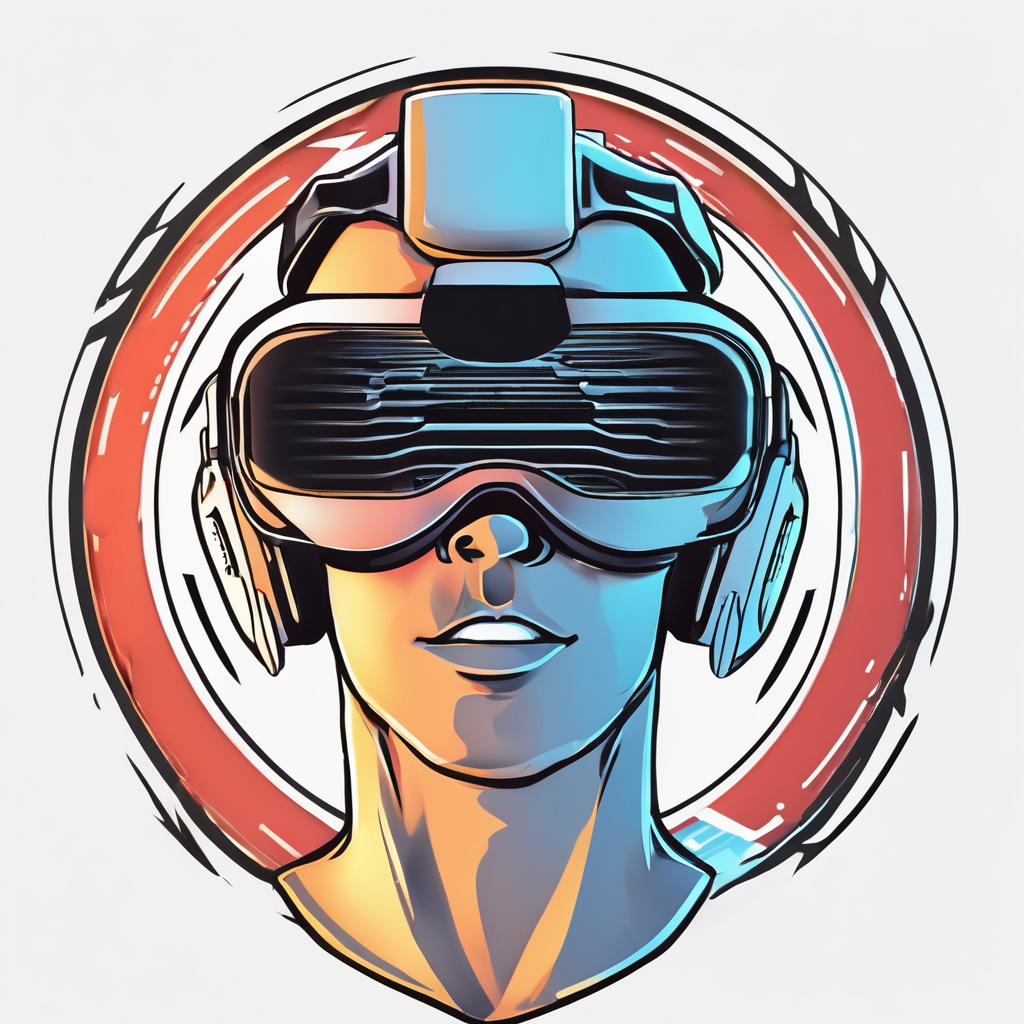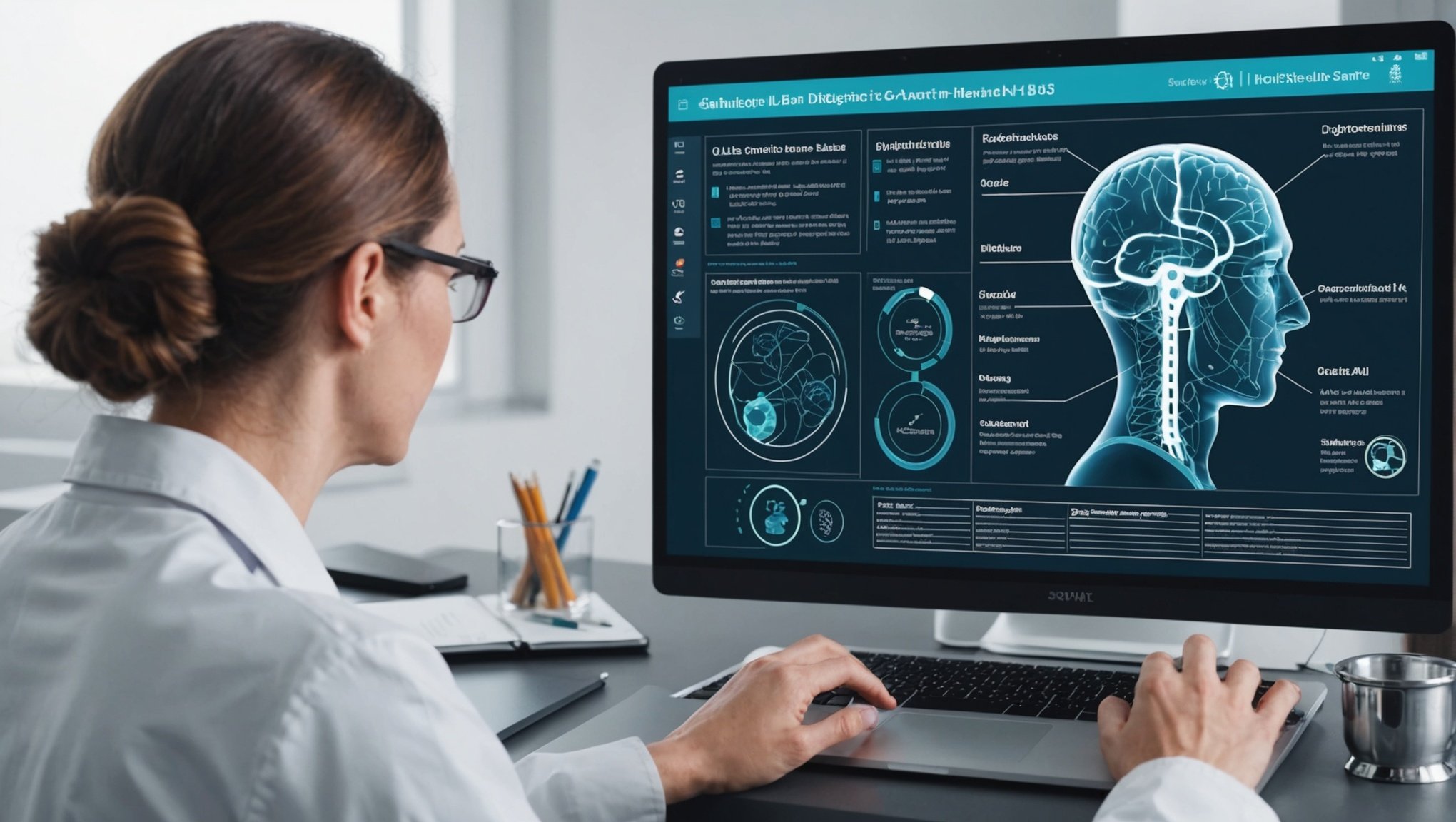The integration of artificial intelligence (AI) into the healthcare sector is transforming the landscape of patient care and medical diagnosis. Healthcare professionals are increasingly leveraging AI’s capabilities for real-time decision making and personalized treatment. This article will delve into the methodologies and technologies that make real-time AI possible in healthcare diagnostics, exploring the significant advancements and the potential future of this revolutionary approach.
The Role of Artificial Intelligence in Healthcare
Artificial intelligence is rapidly changing how we understand and treat diseases. With machine learning and deep learning technologies, AI can analyze massive datasets from sources like Google Scholar and doi pmc, enabling more accurate diagnosis and treatment plans. AI algorithms excel in pattern recognition, making them indispensable for interpreting patient data and medical images.
Also read : How to develop an AI-powered platform for real-time social media analytics?
AI can enhance patient outcomes by providing healthcare providers with data-driven insights. For instance, AI systems can predict disease progression and suggest personalized treatment options, improving both efficacy and efficiency. Additionally, AI aids in reducing the time required for clinical decisions, allowing for faster and more effective patient care.
Machine Learning Algorithms and Predictive Analytics
Machine learning algorithms are at the core of AI in healthcare. These algorithms learn from vast amounts of data to identify patterns and make predictions. For example, in breast cancer diagnosis, machine learning can analyze mammograms to detect anomalies that may be missed by human eyes. Through predictive analytics, AI can forecast patient outcomes, enabling proactive treatment strategies.
Also read : How to integrate AI with blockchain for secure supply chain management?
Implementing these algorithms involves several steps. Firstly, data collection from various sources such as electronic health records, wearable devices, and medical imaging. Secondly, data preprocessing to clean and normalize the datasets. Finally, training the algorithms using these datasets to make accurate predictions. With continuous learning, these algorithms become more precise over time, improving clinical accuracy and patient outcomes.
Natural Language Processing in Healthcare
Natural language processing (NLP) is another AI technology making waves in healthcare. NLP enables machines to understand and interpret human language. This capability is crucial for analyzing unstructured data, such as physicians’ notes, research articles, and clinical trial reports.
Using NLP, AI systems can extract relevant information from these texts, facilitating more informed decision making. For instance, NLP can be used to analyze real-time patient feedback, allowing for rapid adjustments in treatment plans. Additionally, NLP can assist in automating administrative tasks, such as coding medical records and sorting patient inquiries, thereby freeing up valuable time for healthcare professionals.
Neural Networks and Deep Learning in Medical Imaging
Neural networks and deep learning are revolutionizing medical imaging. These AI technologies can interpret complex medical images with high accuracy, often exceeding human capabilities. For example, deep learning algorithms are used to analyze MRI and CT scans, identifying anomalies that may indicate diseases like cancer, cardiovascular conditions, or neurological disorders.
The implementation of these technologies involves training neural networks on vast datasets of annotated medical images. Over time, these networks learn to recognize patterns and make accurate diagnosis. In real-time, these systems can provide immediate feedback, assisting radiologists and other healthcare professionals in making faster and more accurate medical decisions.
Real-time Implementation Challenges and Future Prospects
Implementing real-time AI in healthcare diagnostics presents several challenges. Data privacy and security are paramount, as patient data must be protected. Additionally, the integration of AI systems into existing healthcare infrastructures can be complex and costly. Despite these hurdles, the potential benefits of AI in improving patient care are immense.
The future of AI in healthcare looks promising. Advances in machine learning, predictive analytics, and other AI technologies will continue to enhance diagnostic accuracy and patient outcomes. Collaborative efforts between researchers, clinicians, and technology experts will be crucial in overcoming current challenges and unlocking the full potential of AI in healthcare.
In conclusion, the methods for implementing real-time AI in healthcare diagnostics involve a combination of machine learning algorithms, natural language processing, and neural networks. These technologies enable faster and more accurate diagnosis, personalized treatment plans, and improved patient outcomes. While challenges exist, the future prospects of AI in healthcare are bright, promising significant advancements in patient care and overall health. By embracing these technologies, healthcare providers can offer more efficient and effective care, ultimately transforming the landscape of modern medicine.











